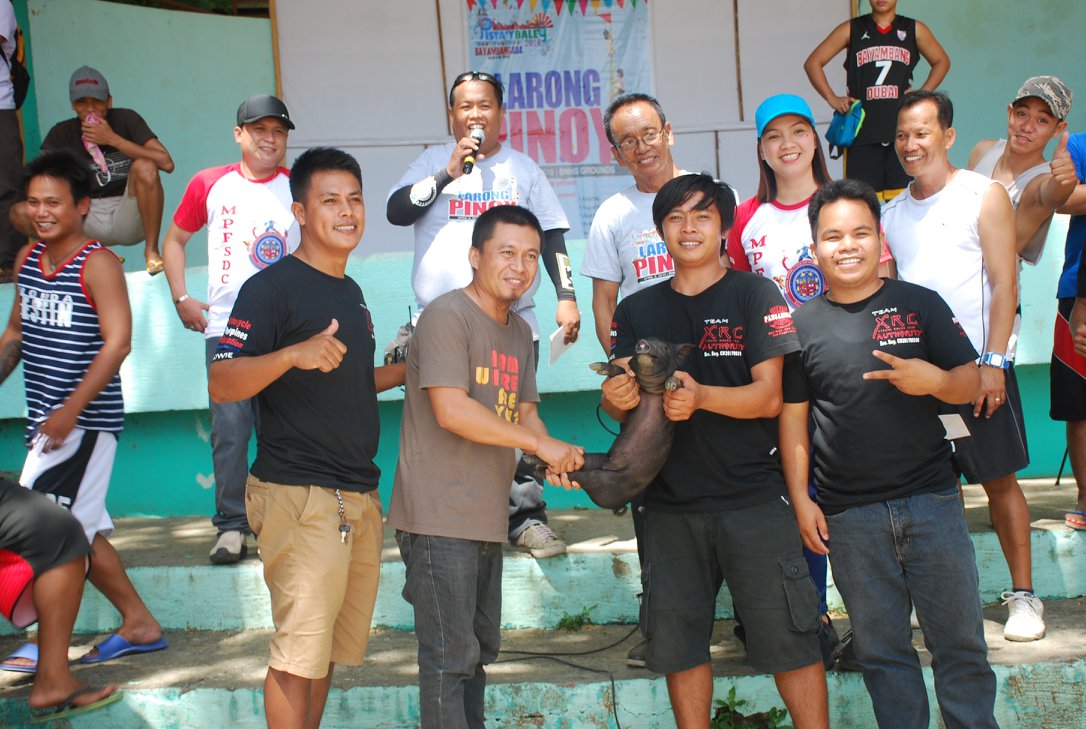In modern times, the word ‘game’ has become closely connected to the new term, ‘gaming,’ which refers to computer games, which now come in mind-boggling variety. Since the time of Tetris, Pacman, and Super Mario, computer gaming has driven our kids away from time better spent on physical activity.
Moreover, the word ‘game’ or ‘laro’ is also almost always restricted now to the serious ball games and other games of the sportsfest, intramurals, tournaments, or palaro, with basketball and volleyball being the most popular. These ball games are, of course, always referred to as proper ‘sports,’ and their players regarded as ‘athletes,’ and these have evolved into not just a recreational pursuit but also as entire careers.
But there was a time when life was a lot simple that when people said ‘games,’ they really meant to play just for fun and often referred to uncomplicated outdoor games. Players get to have enough physical activity, exposure to the sun, and a lot of fresh air. This is why the Larong Pinoy was held on April 5 on Bayambang National High School grounds.
Organized by the Municipal Physical Fitness and Sports Development Council under the direction of retired professor Bernardo Jimenez, it harks back to the games that were constantly a part of the traditional celebration of the town fiesta. As the participants played one such game after another – the usual set of Agawan ng Biik, Palo Sebo, Sack Race, Pukpok Palayok, Pabitin, My Mother Goes to Market, Agawang Buko, etc. – one is gladdened by the ‘technology transfer’ of sorts.
Speaking on behalf of the Mayor, Senior Tourism Officer Rafael Saygo touched on this important intersection between sports and culture. We Filipinos may have forgotten it, but the truth is that we have a wealth of traditional games other than these. Generations of Filipino children grew up playing these games, whether solitary or in groups big and small, whether these were board games or card games, indoor or outdoor games. Having fun with these distractions was always an indelible part of life. And as is typical of all aspects of Filipino culture, these traditional or ‘indigenous’ games have actually incorporated various influences, the usual quaint mix of Indo-Malay, Chinese, Spanish, American, and other influences.
Thanks to Larong Pinoy, we are also reminded that, in the context of Pangasinan culture, we the older ones are brought back to the days of our youth when, on lazy afternoons or under the moonlight, we played games like inabong (agawan base in Tagalog), samperwan, siyatong, bunong braso, the dangerous tulsi (finger-wresting), sipa, sepak takraw, and who knows what else. A few of those games may have gone extinct now, and the remaining ones will surely face the same fate if we stop playing them as a matter of pride.
Thankfully with Larong Pinoy, today’s generation of Bayambang kids is assured of growing up remembering how they had fun playing the festival games that their forefathers once played. It is hoped that someday soon they will teach the same games to their children too.
[smartslider3 slider=316]




 Executive Orders
Executive Orders Ordinances
Ordinances Bids and Awards
Bids and Awards